A misguided notion exists in modern education that it is not necessary for a student to know, let alone memorise, the facts of history. We at Holy House reject that idea, yet we do not suggest that the remedy is merely to memorise as if memorization equalled understanding. One must be guarded against the danger of giving the student a head full of non-involved facts without a heart full of beauty to make sense of those facts in a deeper and wider context - the context of salvation history and God’s plan for mankind.
History is taught in two ways at Holy House for one larger purpose. There is a history class where content is taught in an explicit manner and children learn and connect facts, but then there is every other class where history is taught implicitly in the subject matter as found in the literature, art, poetry, music, and science of a designated time period. Through this subject matter children become real historians, examining the primary sources of a particular age, but, even more importantly, culture permeates the classes of Holy House and instils something more significant than the facts: identity. Through a composite study of history, children realise that they are truly loved characters with their own will to act in the real drama of Divine Providence, that they are inheritors and curators of the civilization in which the drama is set, and that the Author of life desires and inspires their own contributions to His story.
For the 2023-2024 academic year, Holy House will use select chapters from The Story of Civilization Volume III: The Making of the Modern World and The Story of the World Volume IV: The Modern Age as well as select chapters from All Ye Lands: Origins of World Culture, produced by the Catholic Textbook Project, as its main texts. Map work and geography will be included with each unit. Younger students will use Story of Civilization and The Story of the World, while older students will study All Ye Lands over a four year cycle, allowing for an intentional deep reading of the text and time to truly absorb its contents.
Primary Sources
To enrich their study of the early modern period, students will have the opportunity to read excerpts from primary sources of the time, many of which are considered the “Great Books” which provide the foundation for classical education. Engagement with the Great Books and other primary sources is first of all a conversation. It is a conversation with the authors of the works and, in a way, a conversation with history itself. By reading the very words of authors from the time period, rather than simply being told what someone else thinks about them, students are challenged to actively engage with the ideas they encounter, to think critically and to form their own opinions about those ideas. Reading sources contemporary with the historical period they are studying allows students in some sense to become present in the history, by viewing it through the lens of that time rather than their own.
Staff will guide students in their study of primary sources through Socratic discussion, encouraging students to both understand and challenge the ideas in the texts by asking questions and discussing with other students.
Students in Grades 1-4 will supplement their history studies with short stories about events and people from the early modern period. These short stories will relate to the primary source excerpts the older students are studying, enabling children to continue their discussions at home as a family.

